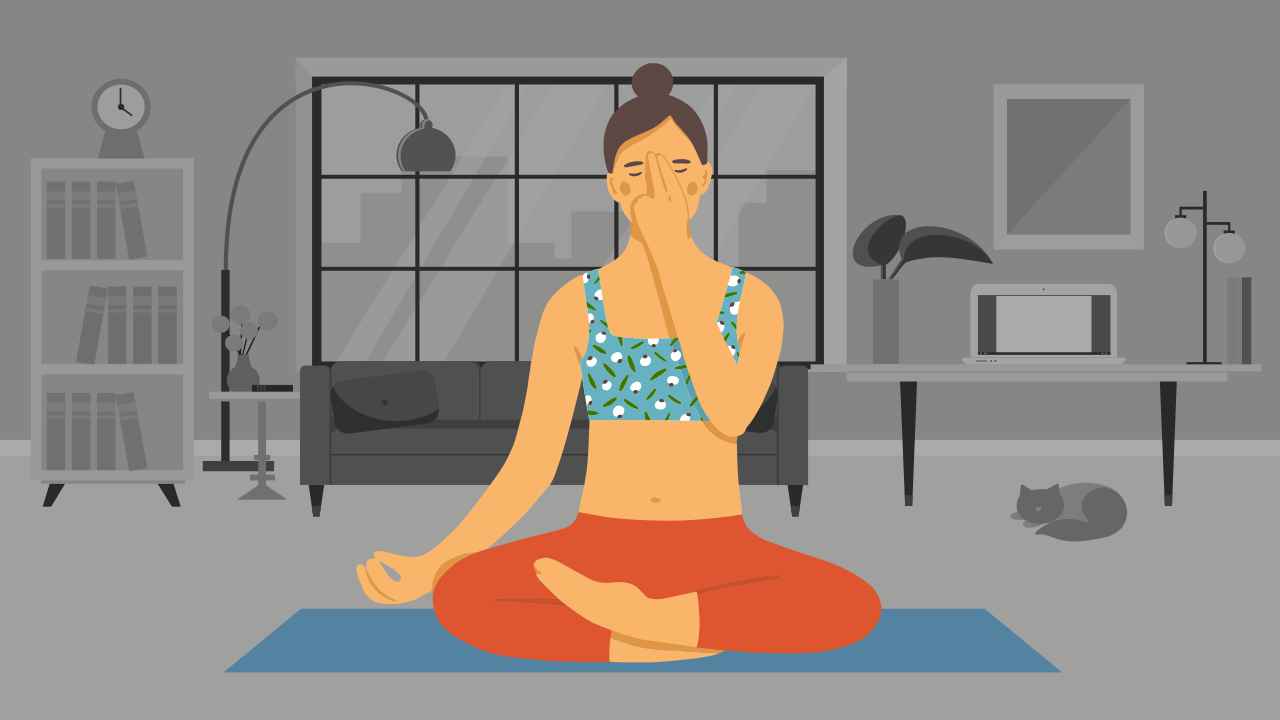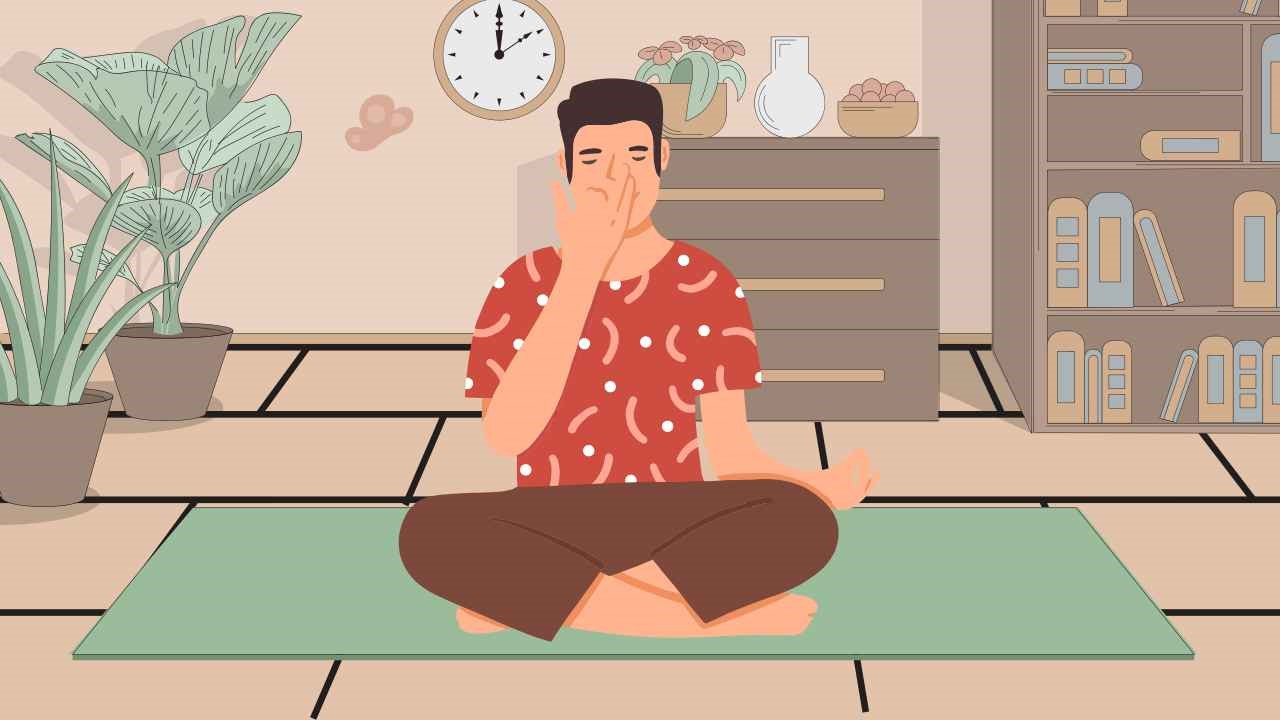
Should You Play Music During Yoga Practice?

Studies have proven that music has a considerable impact on people. It has a healing power that can work as a potential stressbuster, and also improves cognitive functioning. Most yoga studios or instructors play music during their classes. Though the use of sound during yoga is ancient, the inclusion of popular music is something introduced by the West.
But do music and yoga really go together?
Thumbs down
Let’s first talk about the cons of performing asanas to music.
Sensory overload: Music, whether it is hip hop, jazz or R/B pop, is highly evocative. The goal of yoga, on the other hand, is to tune your body and mind in a symphony. It is said to develop Pratyahara or abstraction from the senses — it pushes you away from distractions and develops a heightened sense of self. Music may induce a sensory overload on the practitioner while performing poses and keep you away from such an experience.
Distraction: Music has the ability to change our perception of time. Most of us attach meaning to different melodies. It may be some past experiences, people or places. Music may trigger memories and imagination. This contradicts with yoga’s attempt to make you focus in the moment.
Incompatibility: At times, music may not match the pace of the class. For example, performing Savasana to the Beatles would not be ideal. It may disrupt the flow of the class, hampering progress. Moreover, a studio doesn’t curate music according to individual preferences. If the number is not something you like, it may put off and demotivate you.
Limits the experience: Music with lyrics could be very distracting. It shifts the focus to the lyrics and away from the practice. It may affect the mental benefits (such as one-pointedness, concentration, focus, and awareness) associated with asana.

Thumbs up
However, if you love to put on some music while you practice yoga, go ahead and do it. Here’s what you can try.
Music without lyrics: It takes a lot of cognitive energy to listen to and make sense of a song with lyrics. Instead, put on some instrumental music and direct your energy towards the yoga practice.
Ambient music: Avoid loud music with high notes and bass. It may activate your sympathetic nervous response and increase the level of adrenaline and cortisol in your body. This will excite you, while yoga is ideally practiced in a calm gentle manner, to reverse the stress on your body. Ambient and soothing music may be the best choice for yoga.
Mantras, japa, chanting: Traditionally mantras, bija mantras, peace chants, health chants, well-being chants, and sacred chants were used to imbibe the subtle aspect of sound into yoga sadhana (practice). They have a specific goal and effect upon enunciation. For example, OM is a very common chant performed during yoga.
Follow the rhythm of your breath: Use the sound of your breath to move through a particular flow. This will help create a moving meditation. For instance, most schools of yoga use Ujjayi pranayama, also known as the oceanic or the victorious breath, while moving to induce this flow state.
Also read: Yogic Breathing: How Should You Breathe During Yoga
Now that you know the pros and cons of using music during yoga, experiment to figure out what works best for you.
References
1. Binazir A. Music In Yoga Class: Harmful Or Beneficial? Huffpost. https://www.huffpost.com/entry/music-in-yoga-class-harmf_b_638036 (accessed Nov 2020).
2. Eight Reasons There Is No Music In My Yoga Classes. Yoga with Gaby. http://gabyfleming.weebly.com/8-reasons-i-dont-play-music-in-yoga-classes.html (accessed Nov 2020).
3. Your Brain On Music. Pegasus. The Magazine of the University of Central Florida. https://www.ucf.edu/pegasus/your-brain-on-music/ (accessed Nov 2020).













